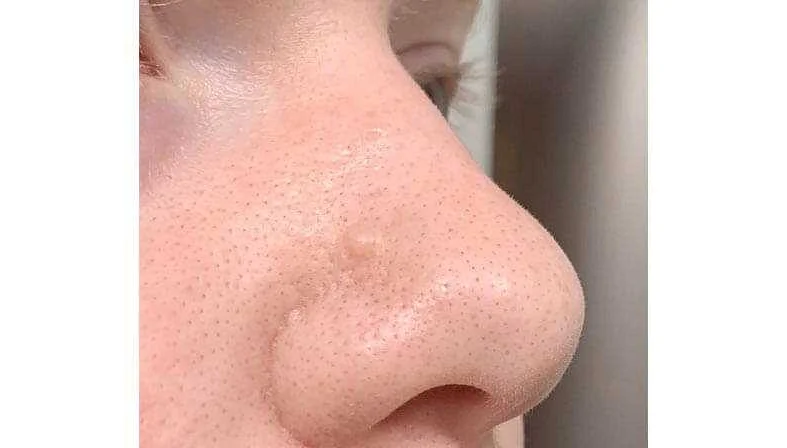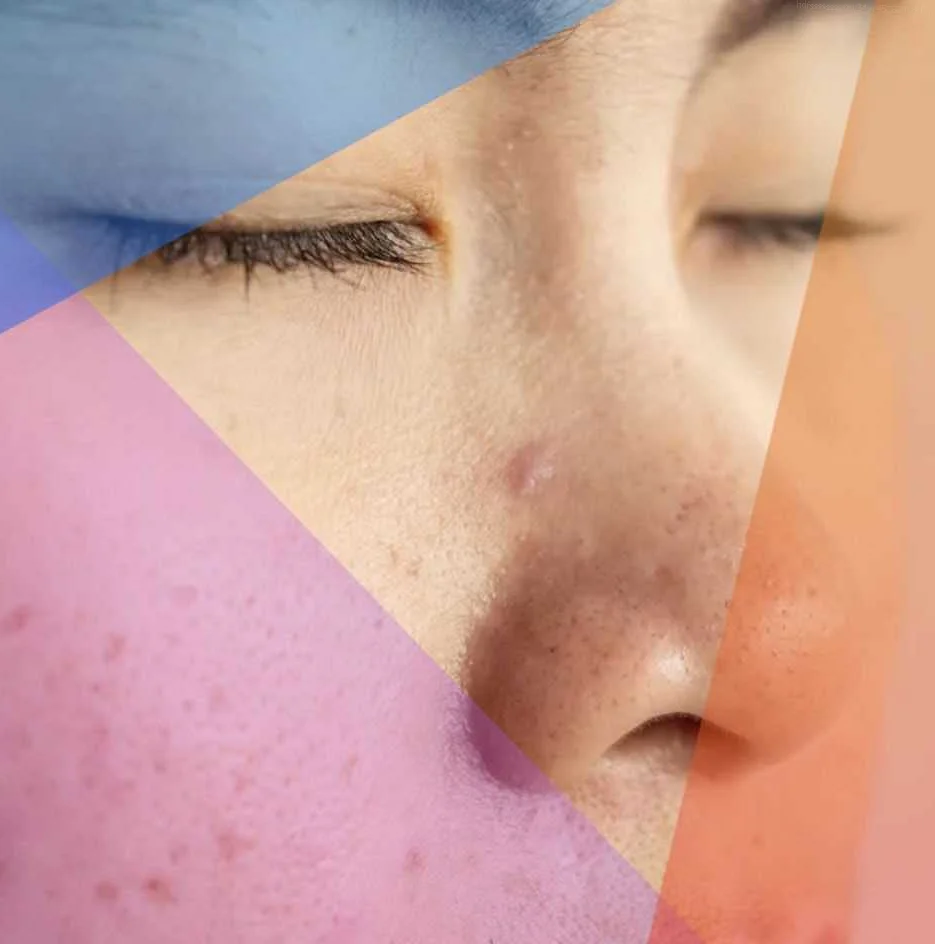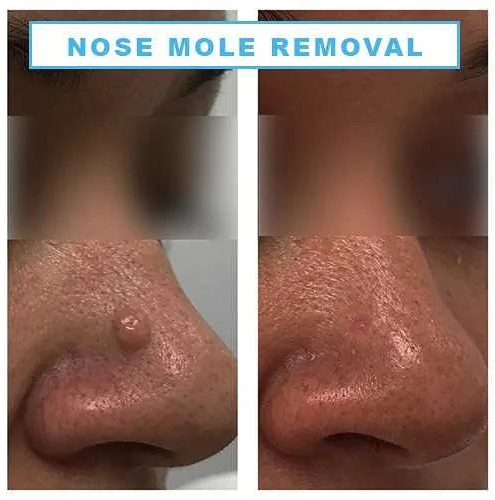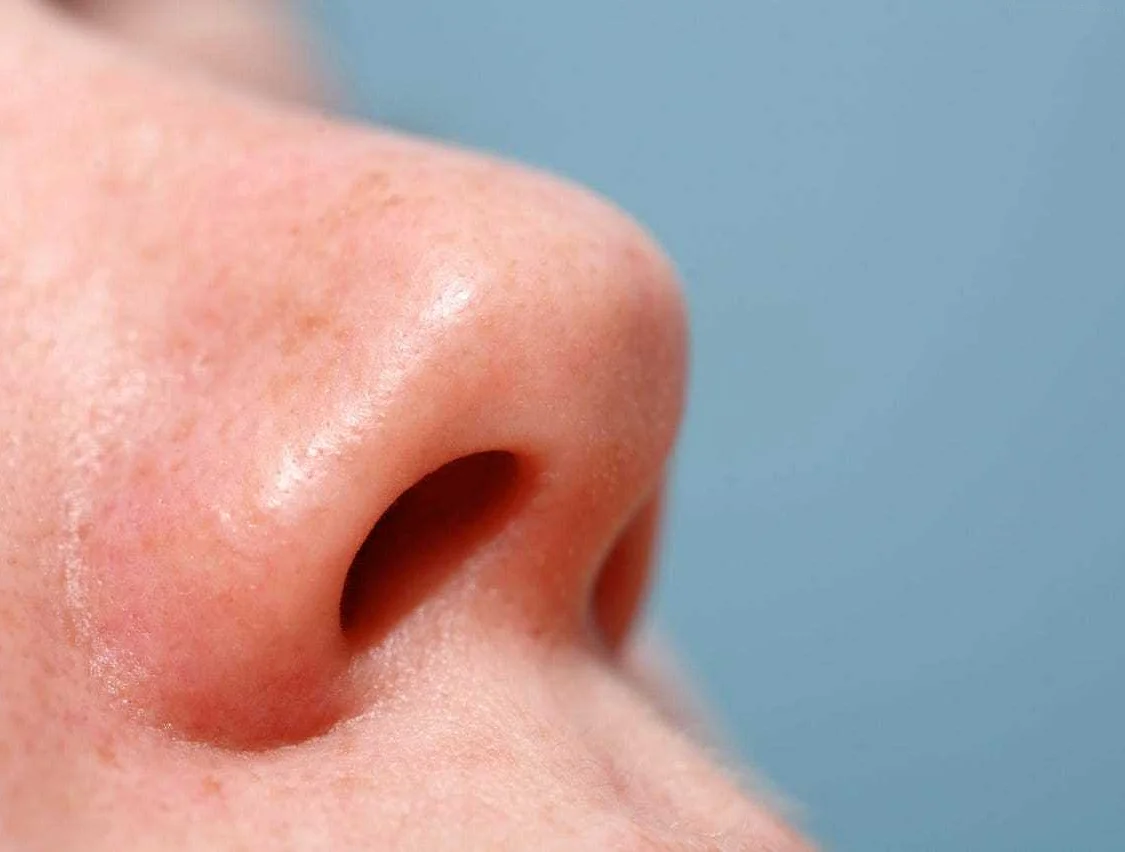A pimple appeared under the nose: causes, treatment
Содержимое
Learn about the causes and treatment options for a pimple that appears under the nose. Find out what may be causing the pimple and discover effective remedies to help clear it up quickly and prevent future breakouts.
Having a pimple under the nose can be irritating and uncomfortable. It not only affects your physical appearance but can also cause pain and tenderness. Understanding the causes, treatment, and prevention methods can help you effectively manage and get rid of this pesky pimple.
The most common cause of a pimple under the nose is the overproduction of sebum, which is the oily substance that keeps your skin moisturized. When excess sebum mixes with dead skin cells and bacteria, it can clog your pores and lead to the formation of a pimple. Hormonal changes, stress, and poor skincare habits can exacerbate this process, making you more prone to developing pimples.
To treat a pimple under the nose, it is important to avoid picking or squeezing it, as this can worsen the inflammation and increase the risk of scarring. Instead, cleanse the affected area twice a day with a gentle cleanser and apply a topical acne treatment containing ingredients like benzoyl peroxide or salicylic acid. These ingredients help to unclog pores, reduce inflammation, and kill bacteria. Additionally, applying a warm compress can help to soothe the area and promote faster healing.
Preventing a pimple under the nose involves maintaining a consistent skincare routine and adopting healthy lifestyle habits. Cleanse your face twice a day, exfoliate regularly to remove dead skin cells, and moisturize with a non-comedogenic product. Avoid touching your face with dirty hands, as this can transfer bacteria and exacerbate acne. Incorporating stress-reducing activities like exercise and meditation can also help to prevent hormonal imbalances that contribute to pimple formation.
In conclusion, a pimple under the nose can be bothersome, but with proper care, it can be effectively managed and prevented. By understanding the causes, utilizing appropriate treatment methods, and maintaining a healthy skincare routine, you can keep your skin clear and blemish-free. Remember, patience and consistency are key when dealing with pimples, so be gentle with your skin and give it time to heal.
Causes of a Pimple Under the Nose

A pimple under the nose can be caused by various factors, including:
1. Hormonal fluctuations: Hormonal changes, such as those that occur during puberty, menstruation, or pregnancy, can lead to increased sebum production, which can clog pores and result in the formation of pimples.
2. Excessive oil production: Certain individuals may naturally have oily skin, which can contribute to the development of pimples. When excess oil combines with dead skin cells and bacteria, it can block pores and cause acne.
3. Poor hygiene: Not properly cleansing the skin can lead to a buildup of dirt, oil, and bacteria, increasing the risk of developing pimples. This is particularly important in the area under the nose, as it can easily accumulate sweat and oils.
4. Bacterial infection: If bacteria enters a clogged pore, it can lead to inflammation and the formation of a pimple. This can occur when the skin is not properly cleansed or if there is an open wound in the area.
5. Irritation from cosmetic products: Certain makeup or skincare products, particularly those that are comedogenic or contain harsh chemicals, can irritate the skin and lead to the development of pimples, including those under the nose.
6. Friction or pressure: Constant rubbing or pressure on the area under the nose, such as from wearing tight-fitting face masks or frequently touching the area, can cause irritation and the formation of pimples.
7. Allergic reactions: Some individuals may be allergic to certain substances, such as certain foods, medications, or skincare products. An allergic reaction can result in inflammation and the appearance of pimples, including under the nose.
Understanding the potential causes of a pimple under the nose can help in its prevention and treatment. It is important to maintain good hygiene, avoid irritating products, and seek medical advice if the pimples persist or worsen.
Hormonal Changes

Hormonal changes can play a significant role in the development of a pimple under the nose. The nose is a common area for hormonal acne, which is caused by an imbalance in hormone levels.
During puberty, hormone levels fluctuate, leading to an increase in oil production in the skin. When excess oil combines with dead skin cells and bacteria, it can clog the pores and result in the formation of a pimple.
In addition to puberty, hormonal changes during the menstrual cycle can also contribute to the development of pimples under the nose. The hormonal fluctuations that occur during this time can trigger the production of excess oil and lead to clogged pores.
Furthermore, hormonal imbalances caused by conditions such as polycystic ovary syndrome (PCOS) or hormonal medications can also contribute to the formation of pimples under the nose.
To manage hormonal acne under the nose, it is important to regulate hormone levels. This can be done through lifestyle changes such as following a healthy diet, exercising regularly, managing stress levels, and getting enough sleep.
Additionally, topical treatments containing ingredients like salicylic acid or benzoyl peroxide can help to unclog pores and reduce inflammation. It may also be beneficial to consult with a dermatologist who can prescribe medications or recommend hormonal therapies to help manage hormonal acne.
Overall, understanding the role of hormonal changes in the development of pimples under the nose can help individuals take proactive measures to prevent and treat this common skin concern.
Excessive Oil Production

Excessive oil production, also known as sebum, is a common cause of pimples under the nose. When the sebaceous glands in the skin produce an excessive amount of oil, it can clog the pores, leading to the formation of pimples. This excessive oil production can be caused by hormonal changes, genetics, or certain medications.
People with oily skin are more prone to developing pimples under the nose due to the increased production of sebum. This oil can mix with dead skin cells and bacteria, creating a favorable environment for pimples to develop.
To help reduce excessive oil production, it is important to maintain a proper skincare routine. This includes cleansing the face twice a day with a gentle cleanser to remove excess oil, dirt, and debris. Avoid using harsh cleansers or scrubbing the skin vigorously, as this can stimulate more oil production.
Using products specifically designed for oily skin, such as oil-free moisturizers and non-comedogenic makeup, can also help regulate oil production. Additionally, exfoliating the skin once or twice a week can help remove dead skin cells and unclog pores.
It is important to be cautious when using oil-based products, as they can further contribute to excessive oil production. Instead, opt for water-based or oil-free products that are non-comedogenic and won’t clog pores.
If excessive oil production persists or is accompanied by severe acne, it is recommended to consult a dermatologist. They can provide further guidance and prescribe medications or topical treatments to help control oil production and prevent future breakouts.
Poor Hygiene

Poor hygiene, such as not washing your face regularly or not properly cleaning the area under your nose, can contribute to the development of pimples. When you don’t cleanse your face effectively, dirt, oil, and dead skin cells can accumulate on the surface of your skin. This can lead to clogged pores and the formation of pimples, including those that may appear under your nose.
Additionally, poor hygiene can also include not properly washing your hands before touching your face or picking at your pimples. Touching your face with dirty hands transfers bacteria and other impurities onto your skin, increasing the risk of acne breakouts. Picking at pimples can also introduce bacteria into the affected area and cause further inflammation and infection.
To prevent pimples caused by poor hygiene, it is important to establish a regular skincare routine. This should include washing your face twice a day with a gentle cleanser, paying special attention to the area under your nose. It is also essential to wash your hands before touching your face and to avoid picking at pimples, as this can worsen the condition.
Furthermore, maintaining good overall hygiene practices can help prevent pimples in general. This includes regularly washing your pillowcases, avoiding sharing personal items that come into contact with your face, and ensuring your makeup brushes and sponges are clean. By incorporating these habits into your daily routine, you can reduce the likelihood of developing pimples under your nose due to poor hygiene.
Remember, practicing good hygiene not only helps prevent pimples but is also essential for maintaining overall skin health.
Bacterial Infection

A pimple under the nose can often be a sign of a bacterial infection. Bacteria, such as Staphylococcus aureus, can enter the pores of the skin and cause inflammation, leading to the formation of pimples. The warm and moist environment under the nose provides an ideal breeding ground for bacteria.
When the pores become clogged with excess oil, dead skin cells, and other debris, bacteria can multiply and cause an infection. This can result in a red, swollen bump under the nose that may be painful or tender to the touch. Pus may also be present.
Treating a bacterial infection under the nose usually involves washing the area with a gentle cleanser and warm water to remove any build-up of oil and bacteria. Applying an over-the-counter antibiotic ointment can help kill the bacteria and reduce inflammation. In some cases, a doctor may prescribe oral antibiotics to clear the infection.
Preventing bacterial infections under the nose can be done by practicing good hygiene. Washing the face twice a day with a mild cleanser can help remove excess oil and bacteria. Avoiding touching or picking at the area can also help prevent the spread of bacteria. Using a clean towel or tissue to gently pat the face dry after washing can reduce the risk of introducing more bacteria.
If a pimple under the nose does not improve with home remedies or becomes extremely painful, it is important to seek medical attention. A dermatologist can determine the underlying cause of the infection and provide appropriate treatment.